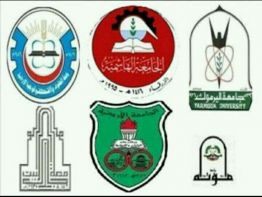Teacher-Centered Approach to Learning Teachers are the main authority figure in this model. Students are viewed as “empty vessels” whose primary role is to passively receive information (via lectures and direct instruction) with an end goal of testing and assessment. It is the primary role of teachers to pass knowledge and information onto their students. In this model, teaching and assessment are viewed as two separate entities. Student learning is measured through objectively scored tests and assessments. Student-Centered Approach to Learning While teachers are an authority figure in this model, teachers and students play an equally active role in the learning process. The teacher’s primary role is to coach and facilitate student learning and overall comprehension of material. Student learning is measured through both formal and informal forms of assessment, including group projects, student portfolios, and class participation. Teaching and assessment are connected; student learning is continuously measured during teacher instruction. To better understand these approaches, it is important to discuss what is generally understood as the three main teaching styles in educational pedagogy: direct instruction, inquiry-based learning and cooperative learning. Through these three teaching methods, teachers can gain a better understanding of how to govern their classroom, implement instruction and connect with their students. Within each of these three main teaching styles are teaching roles or “models.” Theorist A.F. Grasha explains the five main teaching models in her publication Teaching with Style (1996): Expert, Formal Authority, Personal Model, Facilitator and Delegator. To gain a better understanding of the fundamentals of each teaching style, it’s best to view them through the lens of direct instruction, inquiry-based learning, and cooperative teaching. Rua'a Raed Sabri




